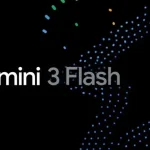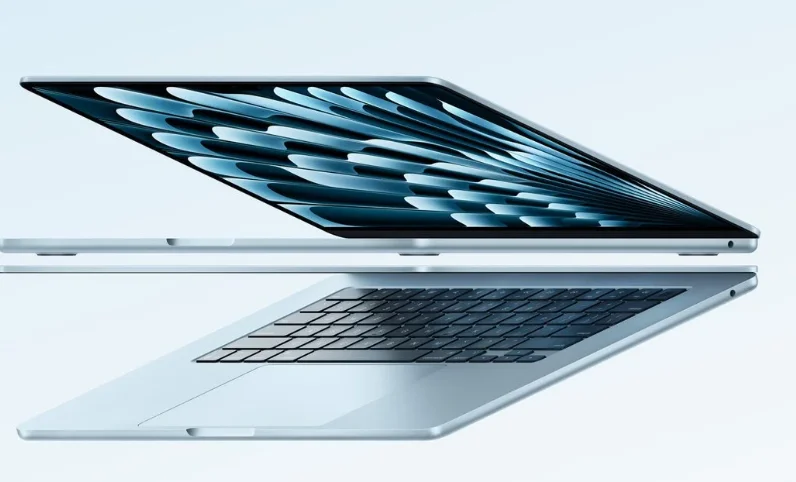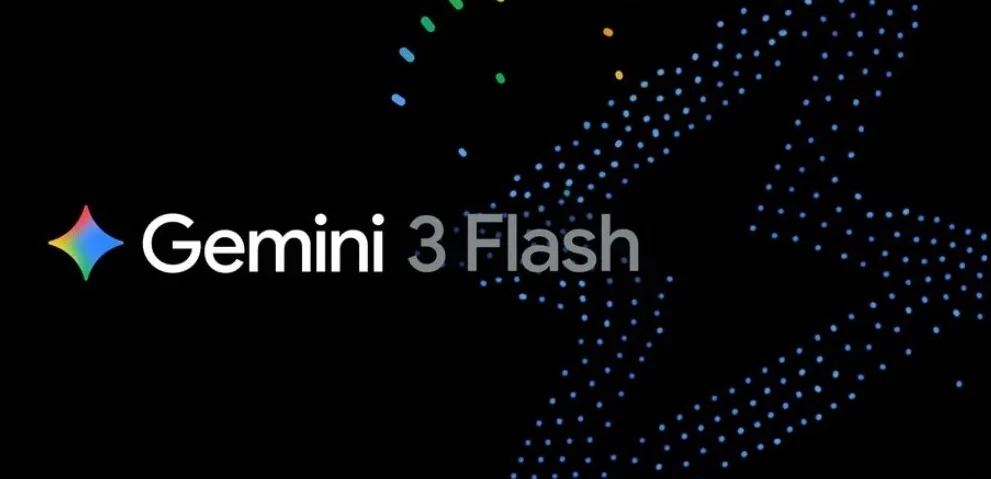After years of denial, Apple is finally preparing to release a touchscreen MacBook, a move that would have seemed impossible a few years ago. The news, first highlighted by industry insider Mark Gurman in his Power On newsletter, signals a major philosophical shift inside Apple, a company famous for mocking features it later adopts.
Apple Has a History of Mocking Then Adopting
Apple has long taken jabs at technologies it eventually embraced. The company once scoffed at the idea of using a stylus, dismissed music streaming as unnecessary, mocked virtual reality headsets, and refused to support RCS messaging, all of which have since become part of its product strategy.
Now, the touchscreen MacBook joins that list.
Even Steve Jobs famously argued that touchscreen laptops were “ergonomically terrible,” while Tim Cook compared hybrid laptops to “refrigerators and toasters.” Yet in 2025, Apple is actively working on exactly that: a MacBook you can tap, swipe, and pinch.
The Real Reason: Declining iPad Sales
The biggest reason Apple resisted a touchscreen MacBook for so long was simple, protect the iPad.
For years, Apple wanted to keep the MacBook and iPad lines separate: one for traditional computing, the other for touch interaction. A touchscreen MacBook risked blurring that line and cannibalizing iPad sales.
But now, iPad sales are slowing, and the company’s strategy is shifting. The same M-series chips power both the Mac and the iPad, and with iPadOS 26, Apple has deliberately made the tablet experience feel more like macOS, complete with improved multitasking and desktop-like functionality.
That convergence means a touchscreen MacBook no longer threatens the iPad, it complements it.
Apple’s Platform Convergence Is Complete
Today, Apple’s ecosystem is more unified than ever. Both MacBooks and iPads share the same architecture, and Apple is investing heavily in cross-device compatibility.
By bringing touch controls to the Mac, Apple can finally create a seamless experience across its product line, something users have been asking for since touchscreen Windows laptops became standard.
And make no mistake: Apple’s entry will likely redefine the touchscreen laptop experience the same way the iPhone reshaped smartphones.
What It Means for Users
The introduction of touchscreen MacBooks will be a game changer for Apple users who have long envied the versatility of devices like Microsoft’s Surface lineup. For students, creators, and professionals, it’s another step toward flexibility, the ability to use one machine for both productivity and creative touch input.
However, as Gurman notes, the announcement could delay purchases of upcoming M5 MacBooks, as many buyers may choose to wait for the touch-enabled models expected in the near future.
Final Thoughts
Apple may be late to the touchscreen laptop party, but its timing could still be perfect. With the Mac and iPad ecosystems finally aligned, the company has all the pieces in place to deliver a polished, high-performance touchscreen experience, one that Apple fans will likely welcome with open arms.

















